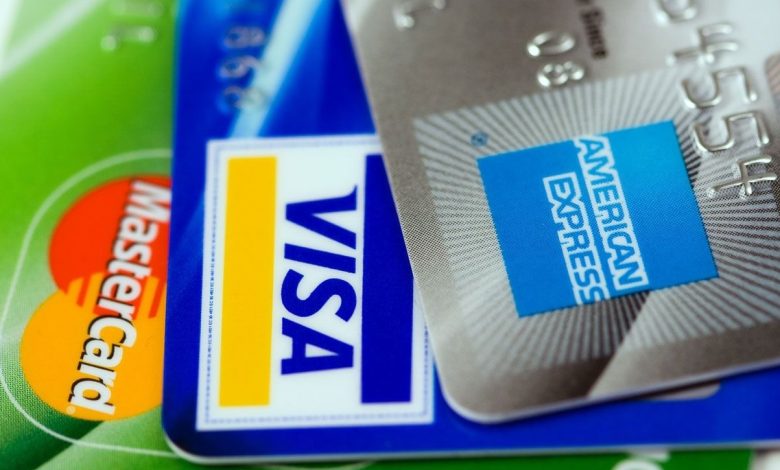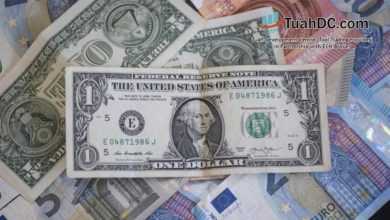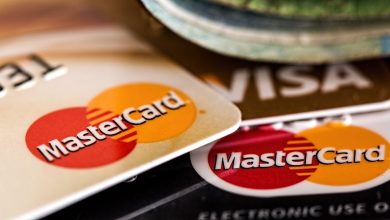Consumer Debt Increase Slows in December But Americans Still Relying on Credit Cards

Consumer debt grew at a slower pace in December, but Americans continued to rely heavily on credit cards to keep up with high price inflation.
Americans added another $11.6 billion to their debt load in December, a 2.9% annual increase. This was the smallest annual increase in debt in two years and was down significantly from the 8.4% increase in November. Americans now owe a record $4.78 trillion in consumer debt, according to the latest data from the Federal Reserve.
The Federal Reserve consumer debt figures include credit card debt, student loans, and auto loans, but do not factor in mortgage debt. When you include mortgages, US consumers are buried under more than $16.5 trillion in debt.
While the overall level of consumer borrowing dropped, Americans continue to rely on credit cards. Revolving credit, primarily reflecting credit card debt, grew by another $7.2 billion, a 7.3% increase. This was a significant drop from the double-digit increases in revolving debt we saw in several prior months, but is still far above the pre-pandemic norm.
To put the numbers into perspective, the annual increase in 2019, prior to the pandemic, was 3.6%. It’s pretty clear that Americans are still heavily relying on credit cards to make ends meet. But the slowdown in credit card borrowing could indicate that consumers are about tapped out. That’s bad news for all of the people who expect the Fed to slay inflation without crashing the economy.
The rapidly growing levels of credit card debt should raise eyebrows, but the bigger problem is the double whammy of rising debt and rising interest rates.
Average credit card interest rates eclipsed the record high of 17.87% months ago. The average annual percentage rate (APR) currently stands at 19.95%.
NBC News revealed just the impact of rising interest rates on indebted consumers.
Bankrate data shows it would take 16 years for someone to pay off the current average credit card balance of $5,474 by making the minimum payments at 19.2%. At that point, they would have shelled out $7,365 in interest alone.”
And of course, the Fed just bumped the federal funds rate another quarter percent.
As economist Daniel Lacalle put it, rising interest rates are on a collision course with a wall of debt.
The big drop in the increase of consumer debt in December was primarily driven by a big slowdown in non-revolving credit. This includes auto loans and student loans. Non-revolving credit grew by just $4.3 billion, a mere 1.5% increase. This was the smallest increase since the early stages of the pandemic. Typically non-revolving credit tends to grow at a relatively steady 5% average pace.
The big drop in non-revolving credit growth indicates people have stopped buying big-ticket items. This is yet another indication that the economy is slowing under the weight of high interest rates.
Looking at the big picture, the December consumer debt report shows that Americans continue to rely on debt to make ends meet in these inflationary times, but they might be close to reaching their debt limit. The slowdown in non-revolving credit is particularly concerning for the overall economy as it indicates a reluctance to make big purchases. That could mean the looming economic crash is getting closer. But the fact that credit card debt is still rising at double the prepandemic pace shows the average consumer is still struggling to make ends meet in this high-price environment.
It could also mean a lot of pain on the horizon for a lot of Americans. If they can’t afford to pay their bills and their credit cards are maxed out, what exactly are they going to do?
Call 1-888-GOLD-160 and speak with a Precious Metals Specialist today!
Buka akaun dagangan patuh syariah anda di Weltrade.
Source link







